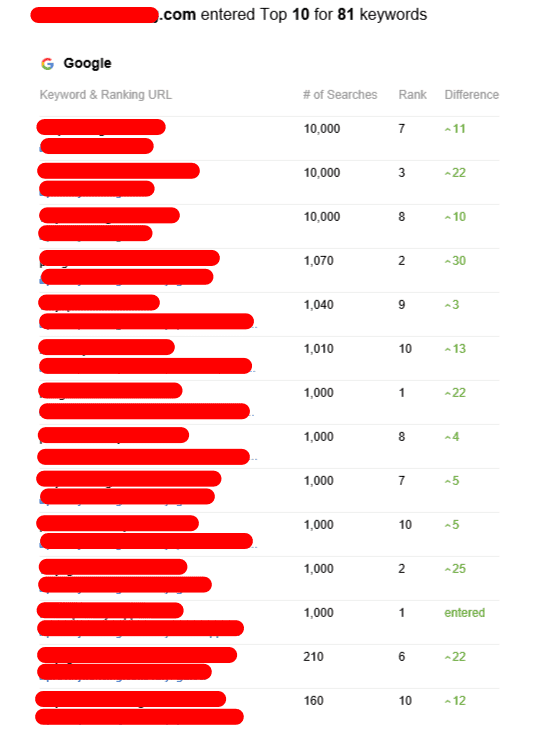Tiered Link Building
Tiered link building is a popular SEO method of building backlinks, which improves your website's PageRank. It is a black-hat strategy however, and it could result in being penalized by Google.
First-tier links are top-quality, relevant backlinks that drive a lot of PageRank to your site. These links are typically acquired through guest posts, press releases and social media profiles. They can also be found in directories.
Tier 1
Tiered link building is an approach to increase the authority of your domain by linking to pages on other websites that have an excellent rank. This is an effective SEO technique that is known as link juice transfer. Link building can be done through manual methods or automated tools. If you are using automation tools, you need to adhere to the rules of Google's Webmaster guidelines. You could end up breaking Google's terms of service and could be penalized.
A first tier backlink is a dofollow link that passes PageRank value from its parent site to its destination website. You can acquire these links by practicing link outreach and creating relevant content. You'll want links from authoritative sites that have high domain authority. For example, a first-tier link to Real Business could be useful for your niche because it could provide a significant amount of ranking power to your website.
Second-tier links help boost your domain's authority by directing them to guest blog posts on more popular websites. This is a good way to increase your ranking as it will signal that you're in a friendly relationship with the site that has a higher authority. These links can be obtained through forums, social media and bio profiles. You should stay clear of Tier 2 backlinks that come from websites that contain spammy content.
Tier 2
Tier 2 backlinks are an excellent way to increase the effectiveness of existing links. These links can boost your Google rankings and increase traffic to your website. Tier 2 backlinks are also less expensive than first-tier backlinks. It is recommended to only build Tier 2 backlinks to pages that have a high domain authority. The right link building strategy will ensure that your campaign is successful.
Quality is not as important for links in the tier 2 than it is for the first-tier. It is possible to use links from sites that have lower authority in the domain, as long as the links don't look like spammy. This includes directories, review websites and social bookmarking sites. Additionally, it includes forum links and web 2.0 links. However, it is crucial to avoid using automated tools for backlinks in tier 2 as they can be easily recognized by search engines.
It is crucial to pick a tier-2 donor website that has a great reputation and is relevant to your topic. If you write about digital agencies, for instance you need to look for a website that has a solid SEO profile and a large online audience. Otherwise, you might be wasting your time and money. This is why it is recommended to choose the tier 2 donor website which has a DR between 20 and 50.
Tier 3
Generally, tier 2 backlinks are used to power existing links that already have page level power. They can also be a great way to increase the authority of a new site or blog post that needs some extra help getting noticed by Google. You should be cautious about the way you use Tier 2 backlinks. It is not recommended to use tier 2 backlinks that direct you to the money site. Instead it is better to only build them from top-quality websites with a high domain authority.
Second-tier backlinks could be mixed dofollow and nofollow hyperlinks, and should be obtained from relevant, authoritative websites. This includes PBNs as well as article directories, forum discussions and social media content and web 2.0 websites. It's important to keep in mind that you must follow Google's guidelines for building links on this type of site.
Tier 3 links are the lowest quality links in your link-building strategy. second tier link building nofollow and don't have much link equity, but they can increase your site's domain authority. This could help it be more prominent in search results and lead to increased sales and traffic.
Tiered link building has become a rage with many SEO practitioners however, it's not without risk. In fact, it can be seen as a gray-hat SEO technique that violates Google's guidelines and could result in penalties. Although it may be effective in some cases however, it's vital to do your research and choose a strategy that works best for your business.
Risks
Tiered link building is a controversial strategy which can be detrimental to your site's SEO. Tiered links are only useful if they are your only way to increase your backlink profile and you have enough resources to accomplish this. You could end up sprinkling your site with Google and risking a penalty.
Tier links can be dangerous, especially if they are used in a black-hat method. These are usually linked schemes that can be temporary. Google will eventually realize your scheme, or you'll simply get tired of maintaining fake backlinks.

The fact that tiered links could cause harm to your rankings due to the distribution of too the link juice is another issue. Your performance will be affected if you get too many links from websites with poor quality. This happens when companies use automated tools to build too many links.
Additionally, tiered links are difficult to monitor and track. It is essential to choose a tool that allows you to view all the links that are in your backlink profile, so you can keep tabs on how they are performing. Otherwise, it's easy to lose track of some links and not realize their worth. There are a variety of ways to build backlinks that are legal and provide long-lasting advantages.
